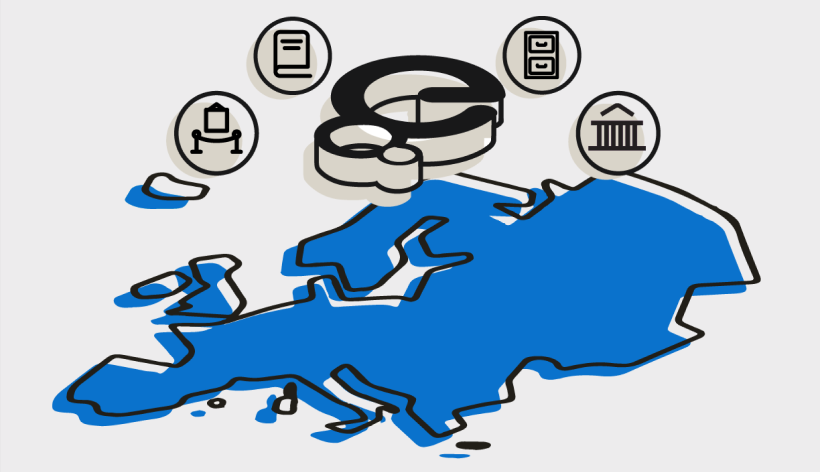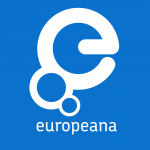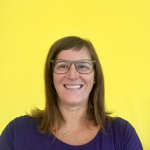indireinforma

 The activities of «Europeana» continue for the fourth year. This is the digital library for the enhancement of the cultural heritage of the European Union, a collection of more than 50 million digital materials in 30 languages, coming from 3,700 different institutions of the 28 member countries of the European Union. Works of art, books, music and videos on art, newspapers, archaeology, fashion, science and sport are freely available to citizens and teachers to support teaching activities.
The activities of «Europeana» continue for the fourth year. This is the digital library for the enhancement of the cultural heritage of the European Union, a collection of more than 50 million digital materials in 30 languages, coming from 3,700 different institutions of the 28 member countries of the European Union. Works of art, books, music and videos on art, newspapers, archaeology, fashion, science and sport are freely available to citizens and teachers to support teaching activities.
One of the structures that carries out the activities of this project is the network of Ambassadors which brings together 14 representatives from Croatia, Greece, Hungary, Italy, Poland, Portugal, Romania, Spain and Turkey.
Educators and professionals from the museum sector work together on the development of the platform and its use in educational activities.
Our country has two Ambassadors in the project: Teresita Gravina, teacher of Natural Sciences at the Liceo Manzoni in Caserta and member of the territorial training team of Campania; and Elena Pessina, Museum Educator at the Museum of People and Cultures of the P.I.M.E. in Milan.
We asked them a few questions to better understand what Europeana is and their role within the team.
Welcome, first of all, how did you approach Europeana and why did you decide to apply to become Ambassadors?
Teresita Gravina: «My journey with Europeana started in 2017, I remember reading the words “collaboration” and “European cultural heritage” in the call and I realized that it was a project that interested me and that would have made me grow professionally. In 2018 I was selected as an ambassador for Italy and I had the opportunity to coordinate a fantastic group of 10 Italian teachers to create together educational scenarios using the materials available on Europeana, you can find them on the Teaching with Europeana blog».
Elena Pessina: «Until last year I did not know Europeana, even if for some years I had begun to be interested in the digital world and its applications in the educational/museum field. I remember seeing the call for the DSI-4 project in which museum educators would join the team for the first time and I thought it was a great opportunity to get to know this reality and the tools it offered as well as to work and share design experiences with other colleagues in different European museums, institutions and countries. It was really stimulating and enriching».
From your point of view, what is Europeana’s strength and what contribution can it make to educational activities?
T.G.: «Europeana is a very powerful tool! It enables access to materials from a huge number of European museums directly from your classroom. Another strong point is the diversity of the materials present on teh platform, not only collections of works of art, but also collections of geographic maps, music, fossils, rocks and plants. Many of these materials are copyright free and can not only be viewed, but also downloaded and reused. Another strength of Europeana is that it is a website where we can let our students work independently, all the materials on Europeana are certified by the national aggregators, who certify the materials present in the platform and provide all the necessary details. For Italy, the national aggregator is Cultura italia. Regarding my participation in the Europeana Education project, the most interesting aspect was the collaboration with the other European ambassadors and with the Europeana foundation, I was able to appreciate the impact of my work and really feel part of an education renewal process in Europe».
E.P.: «I believe that Europeana is an invaluable source for teachers, museum educators and professionals working in the education sector. One of the strengths is certainly having content from many European museums and institutions available in a single digital platform, which can be conveniently consulted and searched through filters, which allow, among other things, to view copyright information. Without having to open several websites at the same time, you can find materials on the same topic but coming from different sources. In my experience I have found this aspect very useful also to include and make known, through the planned activities, museums which may not be so famous but which preserve extraordinary pieces. In addition, the immense wealth of already designed and ready-to-use activities that you find on the Teaching with Europeana blog can be downloaded for free, both for immediate use with your class/group, and as inspiration for future projects. One of the most beautiful aspects is also the sharing on this blog of the experiences and reflections of other educators on the activities tested, in the Stories of Implementation section».
What should we expect for this fourth year? Any breakthroughs?
T.G.: «There is great news! The second edition of Europeana’s Massive Online Open Course on the European Schoolnet Academy in Italian will start in March: a free 4-week course explaining how to use Europeana resources in the classroom. During the course, participants will be guided in creating an educational scenario that uses Europeana resources to be used in the classroom with their pupils. The educational scenarios created by the students will be reviewed by other participants in the MOOC through a peer-review process, this will also offer participants the opportunity to get in touch with other Italian teachers, and why not, create new collaborations».
E.P.: «In this fourth year, brand new content and thematic categories will be published that can be consulted on the platform and used, and the call for the annual Europeana Education Competition 2022 will also be published, inviting teachers, museum educators and professionals in the sector (such as librarians, archivists, curators, etc.) to find innovative ways to use Europeana’s digital heritage to create educational scenarios and share their realization process. Do not miss the updates, they can be consulted on the website or through social channels! ».
Visit the Europeana collection >>
 Teresita Gravina – Europeana Ambassador
Teresita Gravina – Europeana Ambassador
email: teresita.gravina@posta.istruzione.it
Twitter: @anivarGatiseret
Skype: atiseret77
 Elena Pessin – Europeana Ambassador
Elena Pessin – Europeana Ambassador
Skype: elena.p93_1

